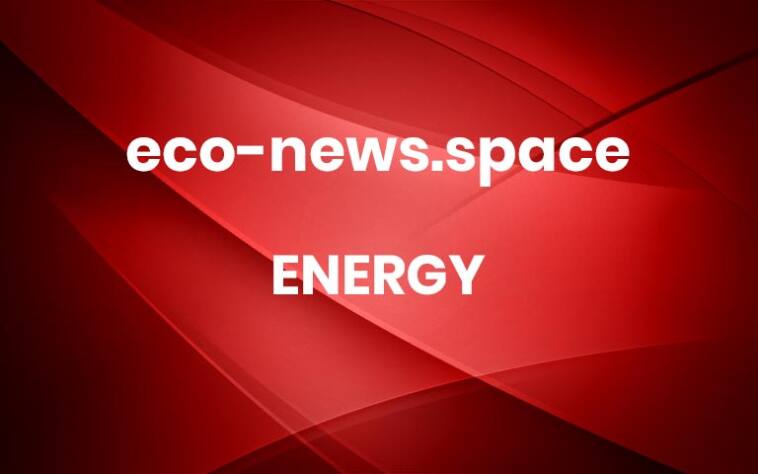Consortium led by MIT, Harvard University, and Mass General Brigham spurs development of 408 MW of renewable energy
MIT is co-leading an effort to enable the development of two new large-scale renewable energy projects in regions with carbon-intensive electrical grids: Big Elm Solar in Bell County, Texas, came online this year, and the Bowman Wind Project in Bowman County, North Dakota, is expected to be operational in 2026. Together, they will add a combined 408 megawatts (MW) of new renewable energy capacity to the power grid. This work is a critical part of MIT’s strategy to achieve its goal of net-zero carbon emissions by 2026.The Consortium for Climate Solutions, which includes MIT and 10 other Massachusetts organizations, seeks to eliminate close to 1 million metric tons of greenhouse gases each year — more than five times the annual direct emissions from MIT’s campus — by committing to purchase an estimated 1.3-million-megawatt hours of new solar and wind electricity generation annually.“MIT has mobilized on multiple fronts to expedite solutions to climate change,” says Glen Shor, executive vice president and treasurer. “Catalyzing these large-scale renewable projects is an important part of our comprehensive efforts to reduce carbon emissions from generating energy. We are pleased to work in partnership with other local enterprises and organizations to amplify the impact we could achieve individually.”The two new projects complement MIT’s existing 25-year power purchase agreement established with Summit Farms in 2016, which enabled the construction of a roughly 650-acre, 60 MW solar farm on farmland in North Carolina, leading to the early retirement of a coal-fired plant nearby. Its success has inspired other institutions to implement similar aggregation models.A collective approach to enable global impactMIT, Harvard University, and Mass General Brigham formed the consortium in 2020 to provide a structure to accelerate global emissions reductions through the development of large-scale renewable energy projects — accelerating and expanding the impact of each institution’s greenhouse gas reduction initiatives. As the project’s anchors, they collectively procured the largest volume of energy through the aggregation. The consortium engaged with PowerOptions, a nonprofit energy-buying consortium, which offered its members the opportunity to participate in the projects. The City of Cambridge, Beth Israel Lahey, Boston Children’s Hospital, Dana-Farber Cancer Institute, Tufts University, the Mass Convention Center Authority, the Museum of Fine Arts, and GBH later joined the consortium through PowerOptions. The consortium vetted over 125 potential projects against its rigorous project evaluation criteria. With faculty and MIT stakeholder input on a short list of the highest-ranking projects, it ultimately chose Bowman Wind and Big Elm Solar. Collectively, these two projects will achieve large greenhouse gas emissions reductions in two of the most carbon-intensive electrical grid regions in the United States and create clean energy generation sources to reduce negative health impacts.“Enabling these projects in regions where the grids are most carbon-intensive allows them to have the greatest impact. We anticipate these projects will prevent two times more emissions per unit of generated electricity than would a similar-scale project in New England,” explains Vice President for Campus Services and Stewardship Joe Higgins.By all consortium institutions making significant 15-to-20-year financial commitments to buy electricity, the developer was able to obtain critical external project financing to build the projects. Owned and operated by Apex Clean Energy, the projects will add new renewable electricity to the grid equivalent to powering 130,000 households annually, displacing over 950,000 metric tons of greenhouse gas emissions each year from highly carbon-intensive power plants in the region. Complementary decarbonization work underway In addition to investing in offsite renewable energy projects, many consortium members have developed strategies to reduce and eliminate their own direct emissions. At MIT, accomplishing this requires transformative change in how energy is generated, distributed, and used on campus. Efforts underway include the installation of solar panels on campus rooftops that will increase renewable energy generation four-fold by 2026; continuing to transition our heat distribution infrastructure from steam-based to hot water-based; utilizing design and construction that minimizes emissions and increases energy efficiency; employing AI-enabled sensors to optimize temperature set points and reduce energy use in buildings; and converting MIT’s vehicle fleet to all-electric vehicles while adding more electric car charging stations.The Institute has also upgraded the Central Utilities Plant, which uses advanced co-generation technology to produce power that is up to 20 percent less carbon-intensive than that from the regional power grid. MIT is charting the course toward a next-generation district energy system, with a comprehensive planning initiative to revolutionize its campus energy infrastructure. The effort is exploring leading-edge technology, including industrial-scale heat pumps, geothermal exchange, micro-reactors, bio-based fuels, and green hydrogen derived from renewable sources as solutions to achieve full decarbonization of campus operations by 2050.“At MIT, we are focused on decarbonizing our own campus as well as the role we can play in solving climate at the largest of scales, including supporting a cleaner grid in line with the call to triple renewables globally by 2030. By enabling these large-scale renewable projects, we can have an immediate and significant impact of reducing emissions through the urgently needed decarbonization of regional power grids,” says Julie Newman, MIT’s director of sustainability. More




